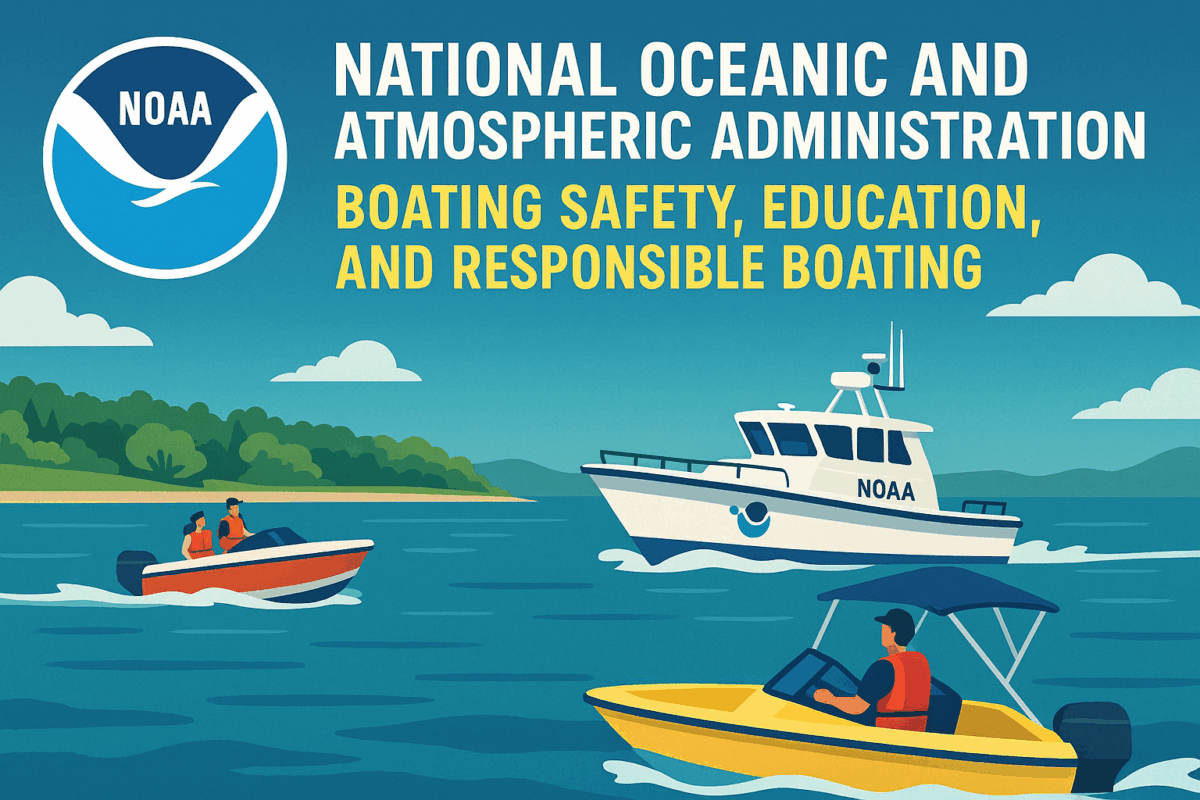Call: 1-800-832-7191

NOAA Booklet Chart Long Island Sound East
Navigate Long Island Sound with Confidence using Booklet Chart Long Island Sound East
Boaters exploring Long Island Sound East need reliable, easy-to-use navigation tools. The Booklet Chart Long Island Sound East offers just that. Designed by NOAA, this chart combines professional-grade data with a compact, printable format. Whether you’re cruising, fishing, or sailing, it helps you stay safe and informed.
Unlike bulky traditional charts, this booklet fits easily on board. It includes all essential details—depths, hazards, aids to navigation, and shoreline features. You can print it at home or view it digitally, making it perfect for planning and on-the-water use.
Why Boaters Prefer Booklet Charts
Convenience matters when you’re out on the water. The Booklet Chart Long Island Sound East provides a simplified layout without sacrificing accuracy. Recreational boaters appreciate its clarity and portability. Commercial operators value its compliance with NOAA standards.
Each page covers a manageable section of the Sound, allowing quick reference during your trip. You won’t waste time flipping through oversized maps. Instead, you’ll focus on enjoying your journey and avoiding trouble spots.
Plan Ahead with Confidence
Before launching, review the chart to identify marinas, anchorages, and restricted zones. Transitioning from dock to open water becomes smoother when you know what to expect. The booklet format encourages proactive planning, reducing stress and increasing safety.
Updates are available online, so you can always access the latest information. NOAA revises charts regularly to reflect changes in depths, buoys, and shoreline structures. Staying current helps you avoid surprises and navigate responsibly.
Booklet Chart Long Island Sound East A Smart Addition to Your Boating Toolkit
Adding this chart to your gear is a smart move. It complements GPS systems and mobile apps, offering a reliable backup when electronics fail. Printed charts don’t rely on batteries or signals—they’re always ready.
Whether you’re a seasoned captain or a weekend explorer, this chart enhances your experience. It’s affordable, accessible, and packed with useful data. Make it part of your routine and enjoy safer, more informed boating adventures.
